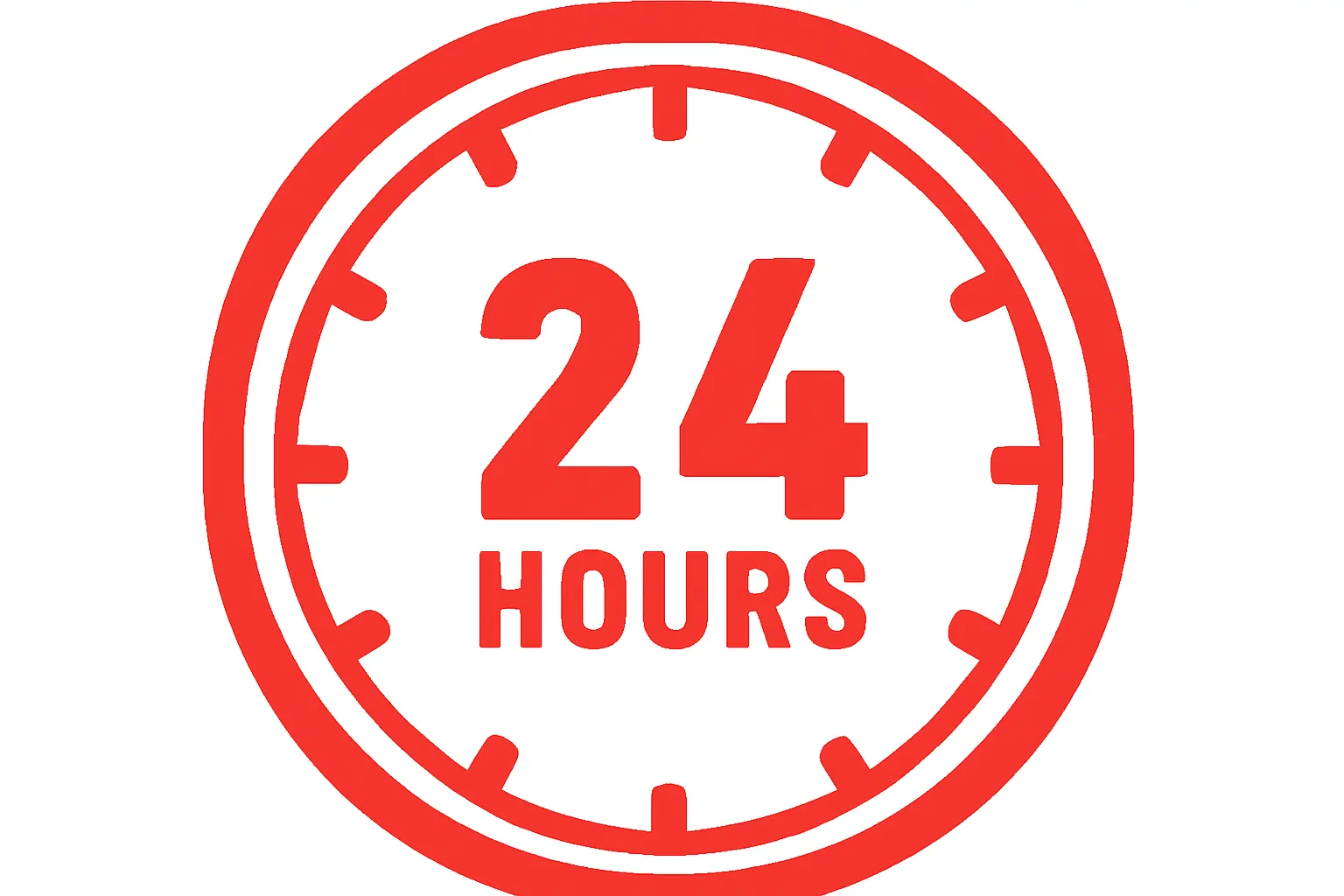Get Expert CDR, RPL, Stage 1, and Stage 2 Competency Samples for Reference
Contact to require a detailed analysis and assessment of your plan.
CDR Sample for Geotechnical Engineers

A Geotechnical Engineer is an engineer who manages the building conduct of Earth materials. By and large, they lead and direct the study of work to examine the standard conduct of the stones and soils when put under by the proposed structures and planning the developments of above just as the lower ground. The interest of geotechnical engineers are exceptionally high in Australia and are contracted by various nations around the globe. For this reason, they have to qualify the CDR (Competency Demonstration Report) by the Engineers Australia (EA).
CDR sample for Geotechnical Engineers includes all the required reports such Curriculum Vitae (CV), Continuing Professional Development (CPD), three Career Episodes (CE), Summary Statement.The content of the CDR Report Samples is given below:
Curriculum Vitae (CV):
Resume on the basis of a professional template.
Continuing Professional Development (CPD):
The sample of CPD clarifies the Engineering Knowledge of the applicant – 214 words .
Geotechnical Engineer Career Episode Sample 1:
“Enhancement to Substations and Control Rooms at S&EK GC’s, BS’s NTF and STF Kuwait” – 1935 words
Geotechnical Engineer Career Episode Sample 2:
“Soil Improvement of Weak Soil at Jaber Al Ahmed City Site” – 2230 words
Geotechnical Engineer Career Episode Sample 3:
“Construction of Landfill facilities for Hydrocarbon Contaminated Soil (Group-B) in NK Area” – 1949 words
Geotechnical Engineer Summary Statement Sample:
Detail explanation of all the competency element – 1902 words.
Geotechnical Engineering Career Episode 1
Project Name: ENHANCEMENT TO SUBSTATIONS AND CONTROL ROOMS AT S&EK GC’s, BS’s NTF AND STF KUWAIT
Project Type: Work Based Career Episode
Demographics: Author was involved in this project as a Geotechnical engineer for M/s AMEC Kuwait project management & contracting company as per the scope of works agreed for soil investigation and slit trenching works in KOC area for proposed project. He performed this project while working at “Company name “and worked on it from August 2016 to May 2017 under the supervision of “supervisor name “who was the lead construction engineer for this project.
Engineering Activities of Geotechnical Engineer:
- To perform a field investigation in the initial part of the project and collected all the necessary information on the local conditions and geology.
- To perform slit trench excavations and underground utility mapping and prepared a report on its outcomes.
- To perform various tests in the laboratory and investigated slit trenching and utility survey.
- To perform the chemical tests to determine pH, sulfate and chloride ion concentration in soil-water extracts along with conducting calcium carbonate tests.
- Then to start analyzing the subsurface conditions including groundwater and soil.
- After that, to perform the foundation analysis for static loading.
- To calculate the amount of pressure exerted by the backfill on retailing walls depending upon a number of factors such as the height of walls and drainage provisions.
- To use a vertical open-cut shallow excavations (up to 2.0m depth) for the construction of foundations and any below-ground elements as medium dense to dense materials were encountered from 1.0m below ground level onwards.
- To prepare the technical considerations for this purpose and submitted it to the civil engineer, who was responsible for supervising the on-site construction.
- Again, to analyze the results and provided the foundation construction considerations.
- Finally, to perform a chemical attack on buried concrete and provided conclusions.
Problems & Solutions
Problem 1 Career Episode 1 and its solution
In the project, author was determined the moisture content in the coil, but the results from initial tests were contrasting to each other which was a major problem. He had separated the water content specimen to different parts, and the problem was found to be because of the lack of drying of the water specimen in some of the samples. Hence, he allowed it to dry for several hours and repeated the process for seven set of samples such that he was able to conclude on the exact content of moisture in the soil.
Problem 2 Career Episode 1 and its solution
The modulus of vertical subgrade reaction required for the structural design of footings was computed using the required equation assuming homogenous soil stratification but found the value to be differentiating with the assumed value. He investigated into the problem and performed field plate load test at the proposed foundation level for the verification of obtained value and used the expression as given ACI-335-2R section 3.3.2 and recommended to take the value as 100≈150MN/n^3
Geotechnical Engineering Career Episode 2
Project Name: SOIL IMPROVEMENT OF WEAK SOIL AT JABER AL AHMED CITY SITE
Project Type: Work Based Career Episodet
Demographics: The project was performed while author was pursuing his bachelor degree in Mining Engineering from “university name “which is located in Banaras of India. He had this project initiated in April 2014 and came with the final conclusion in October 2014. “Supervisor name” helped me throughout the project.
Engineering Activities of Geotechnical Engineer:
- To do a literature review on the various topics which were related to the improvement of the weak soil.
- To have an initial meeting with the project team member to discuss the plans, policies, and ideas regarding the project to complete the project successfully within the estimated time and estimated budget.
- To perform the detailed analysis of the availability of equipment, labor, and materials necessary for the project and determined the qualification of the contractor for soil improvement.
- To determine the acceptance criteria for improvement by excavation and backfilling with dewatering by using the Sand Cone Test (SCT).
- To prepare the preliminary design of the dynamic compaction, dynamic replacement, and ironing pass and verified the preliminary design.
- To prepare the preliminary design of dynamic replacement which included the length of pillars should not be below the thickness of the weak layer and diameter to be within 2 to 2.5 m, and the material should be non-plastic granular to form pillars. He then prepared the layout of the dynamic replacement points.
- To select the materials and equipment required in the project.
- To select the soil replacement materials which were selected fulfilling the same requirement as backfill material.
- To perform the execution of dynamic compaction, dynamic replacement, excavation and backfilling method.
- To do stripping to a minimum depth of 0.50 meters below the ground surface which removed the surface vegetation and topsoil.
- To perform the quality assurance testing of various material used in the project.
- To check the acceptance criteria of excavation and backfilling method and then verified the depth of excavation by performing the SPT tests.
- To perform the result analysis of the soil improvement by dynamic compaction, dynamic replacement, excavation and backfilling method.
- To prepare a project progress report on a weekly basis and presented it to all the project team member.
- To attend the weekly meeting of the project team members and noted every outcome of the meeting and made its professional implementation in the further process.
Problems & Solutions
Problem 1 Career Episode 2 and its solution
During the testing of the soil, author faced a problem. The acceptance criteria said that the average cone resistance should not be below 15 Mpa for top 4 meters from the ground surface and should not be below 12 Mpa below 4-meter depth. But he could not achieve the soil specification as per the criteria. This may cause the deformation of the soil during the construction. Such soil cannot resist the maximum allowable load of the structure to be constructed. So he released the important to increase the cone resistance of the soil. Therefore, he performed a cone penetration test to determine it and analyze the soil properly. Then he performed heavy tamping of dynamic compaction method to improve the weak soil and also used dynamic replacement method in some areas. Finally, he was able to solve the problem successfully.
Problem 2 Career Episode 2 and its solution
Next, he faced the problem during the dynamic compaction or replacement method. The crane was used in this method which should be able to handle the minimum load of 25 ton and should be able to drop in from a minimum height of 20 meters. During the operation, there occurred degradation to a wire rope. Due to this, the wire rope jumped out of the system. This hindered the running project work. He noticed that the occurrence of the problem was due to bird caging, corrosion and extreme wear. This caused degradation to the wire rope. He solved the problem by providing proper lubrication. After applying lubrication, it reduced the friction of the wires and protected from the corrosion.
Geotechnical Engineering Career Episode 3
Project Name: CONSTRUCTION OF LANDFILL FACILITIES FOR HYDROCARBON CONTAMINATED SOIL (GROUP - B) IN NK AREA
Project Type: Work Based Career Episode
Demographics: The project was conducted for the Kuwait Oil Company where this project was undertaken by the contracting company called “Company name” located in Kuwait. The project was started on January 2014 and was completed on January 2015 where he occupied the position of Geotechnical Engineer.
Engineering Activities of Geotechnical Engineer:
- To visit the construction site in Northern Kuwait which was 5 km from the access field gate 3 of the KOC.
- To prepare a site layout by its observation and measurements collected during the site visit and developed a methodology along with a master schedule to conduct the construction work sequentially.
- To develop appropriate plans/ideas for the systematic execution of construction and installation, works as per the pre-set requirements.
- To make a report on all the earthwork required on the site which included excavation of the bulk to form a required base for the landfill, filling and compaction of the dug soils to create a perimeter bund around the excavation which would allow the disposal of the contaminated soil by a combination of landfilling and land raising.
- To prepare a report ensuring the quality assurance of the construction works and keep a daily record on all the site activities and materials being delivered to the site.
- To check the specifications of the material and to collect a representative sample of it and sent it for the quality test.
- To inspect the dispatch and placement of the geomembrane and assure that the installation was done according to the design.
- To assist the detection test of the electrical leak and prepare a detailed report to be submitted to the company.
Problems & Solutions
Problem 1 Career episode 3 and its solution
During the project, author faced a problem while preparing the construction surface. The surface where the construction work was going to be introduced needed to be dry, robust and without any deformities. But the climatic condition of the site at the time of construction was very windy, and the temperature was very high. Therefore due to the adverse climatic condition, some areas of construction failed to produce the surface according to the project requirement. The dryness of the surface was not proper as per the planning thus he reported the problem to the company and along with the client including the remedial measure. To solve the problem, the surface detected with high dryness was ripped off, and water was added to it. The ripped surface was then spread over the surface, levelled and compacted after passing through some test.
Problem 2 Career episode 3 and its solution
Another problem he faced and overcame was during the installation of geomembrane. During the installation of geomembrane, the team encountered residual VOCs in the soil. The cause of the problem was suspected to be the air quality issue encountered due to the vapour intrusion of sub-slab. As per the rules of the company, he reported the problem to the company who sent a team to inspect the problem. After completing the inspection work, he initiated the remedial works as per the instruction of the company. To solve the problem, a system called Liquid Boot Plus was installed which offered a venting system having a low profile. The system was incorporated with the geomembrane. Therefore, the problem was solved with a little assistance from the company.
Our Strengths
At WriteMyCDR, our core objective is to help clients secure successful skill assessment approvals by delivering well-structured, guideline-compliant reports tailored for migration purposes. We are committed to providing top-quality CDR services with a focus on accuracy, professionalism, and achieving 100% customer satisfaction.

Best Price Guarantee
We offer the most competitive rates without compromising on the quality of your report.

24/7 Service
If you have any questions or issues regarding your report, our experts are here to provide guidance and support.

Plagiarism Free Work
Get a fully original CDR report crafted by experienced professionals—plagiarism-free and tailored to meet official standards.

Best Price Guarantee
We offer the most competitive rates without compromising on the quality of your report.

24/7 Service
If you have any questions or issues regarding your report, our experts are here to provide guidance and support.

Plagiarism Free Work
Get a fully original CDR report crafted by experienced professionals—plagiarism-free and tailored to meet official standards.
